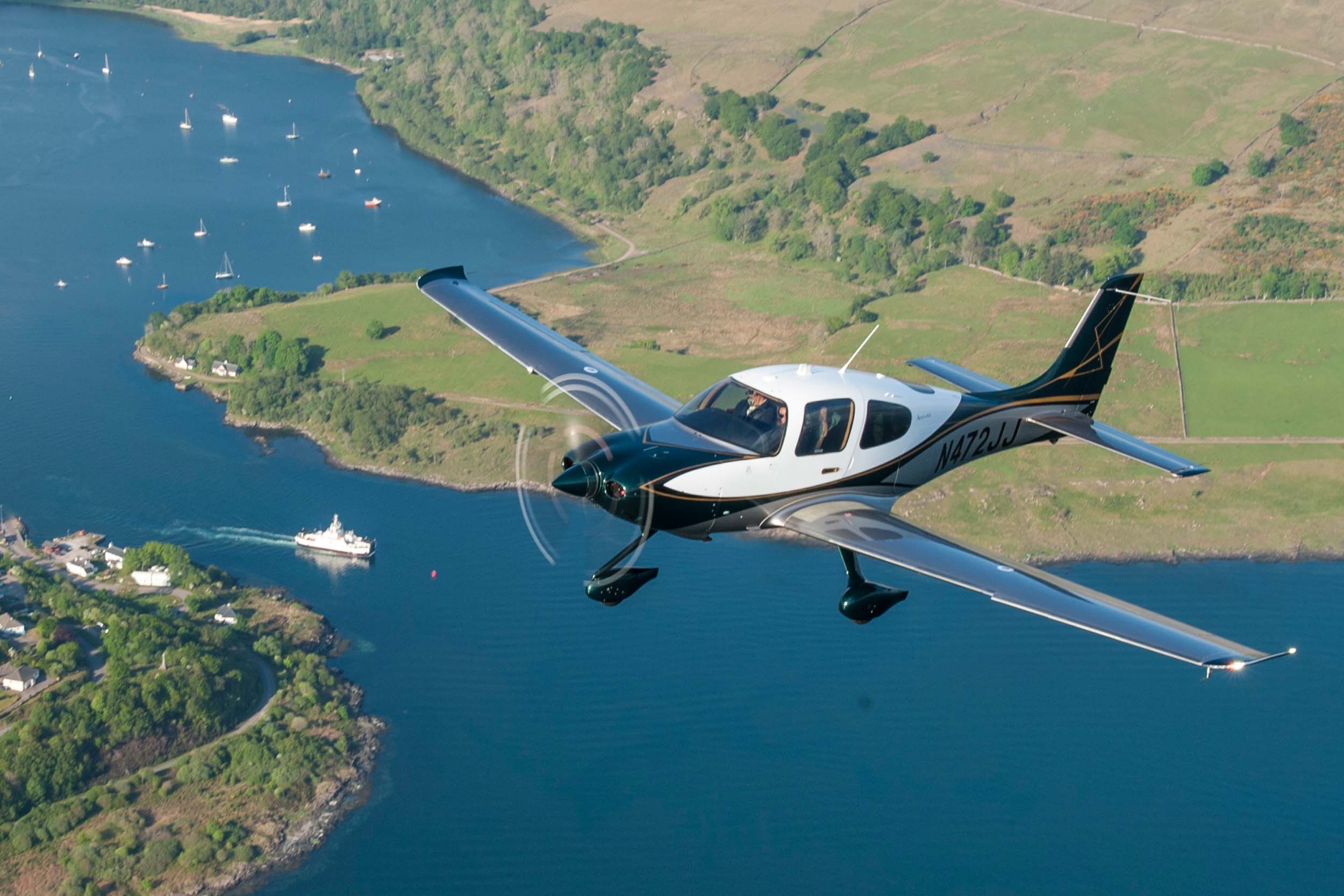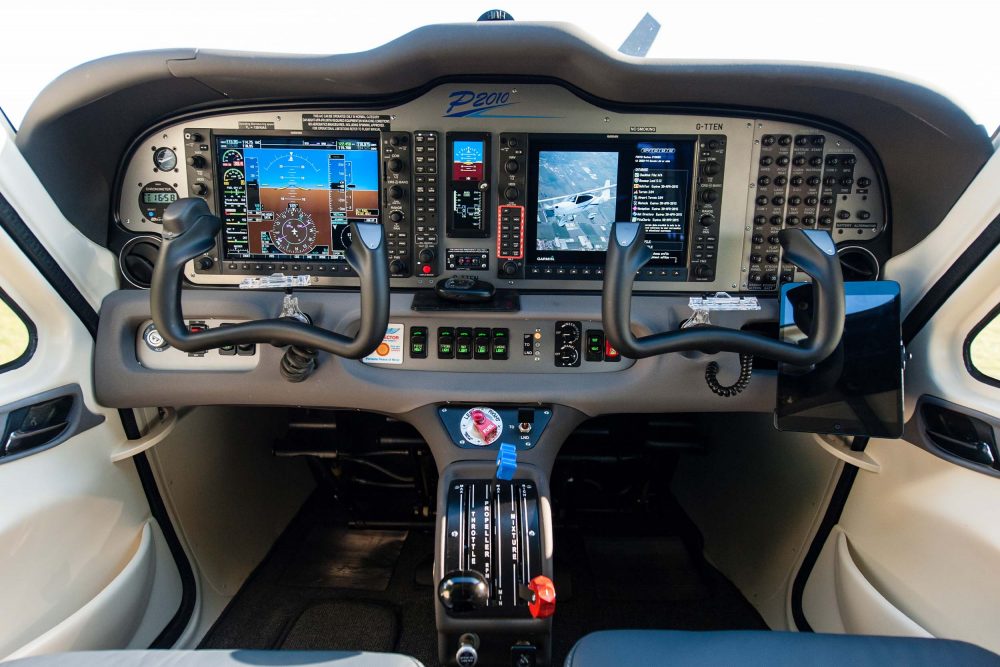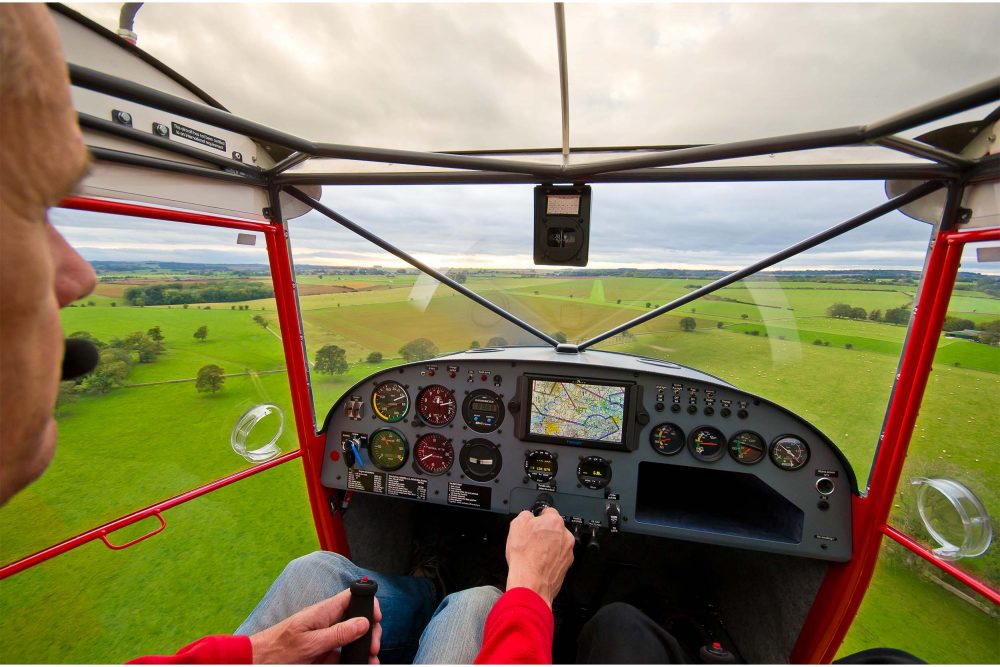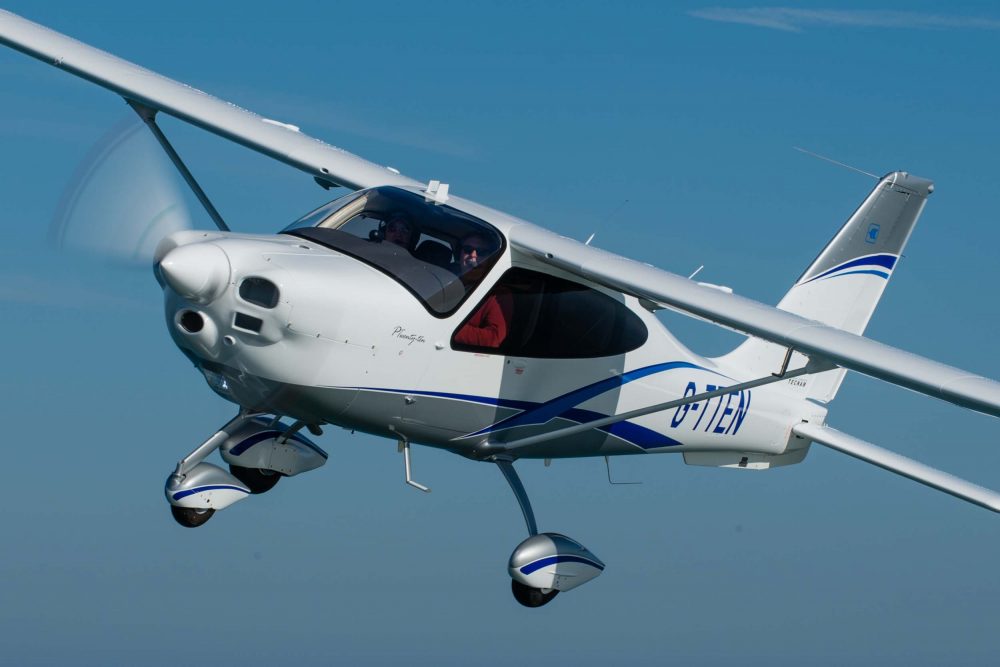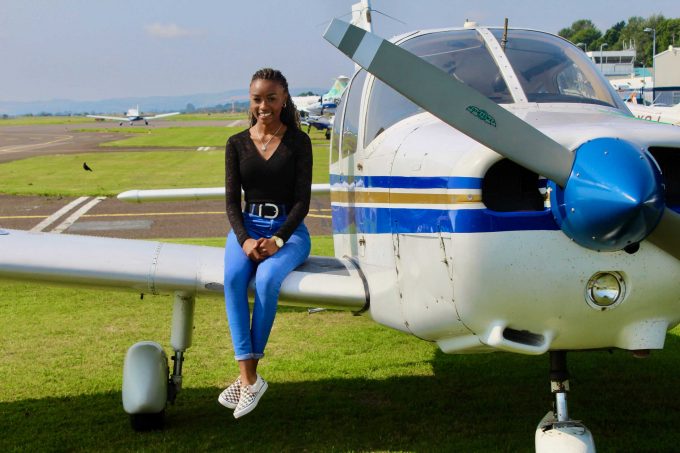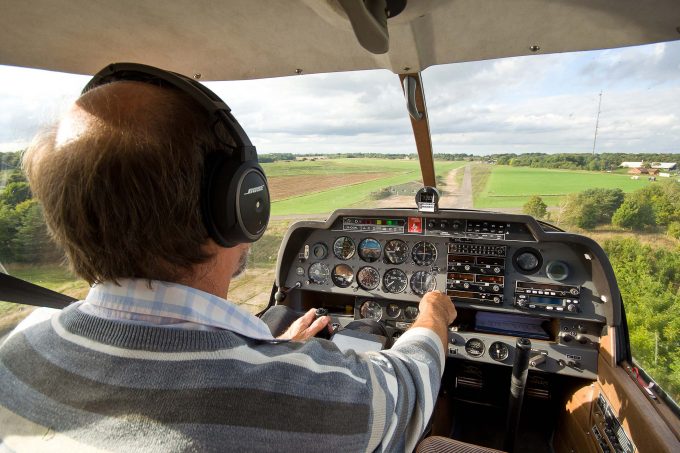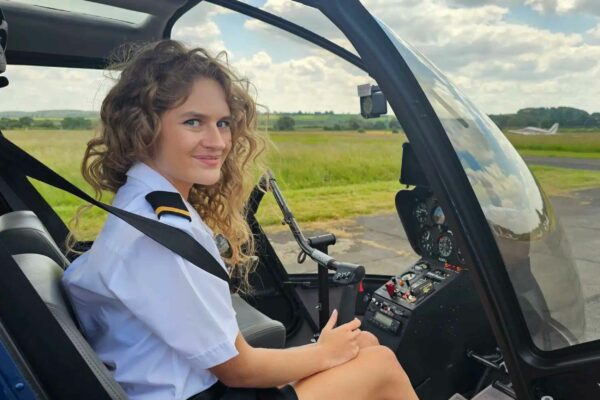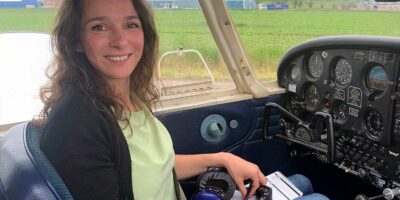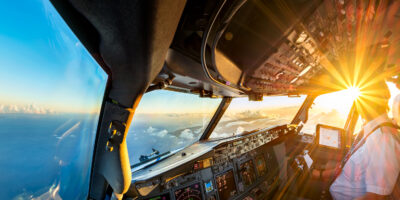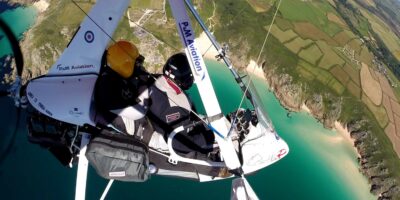Your trial flight
So, you’ve booked a trial fight with a club/school. No what?
You’ll be greeted at the club by the flying instructor, an experienced pilot who will probably sit in the right-hand seat, with you in the left, which is the conventional arrangement when training in fixed-wing aircraft. The instructor will talk to you before the flight and do point out that you’re thinking of learning to fly, rather than just doing it as a sight-seeing jaunt.
As you settle into the aircraft, you’ll see similarities with a car. There will be a dashboard, called an instrument panel in an aircraft, and normal seats and seatbelts. The controls are a bit different to a car, with either a yoke, which is a bit like a cut-down steering wheel, or a control stick. Some aeroplanes, such as a Cirrus, have a side-stick which frees up space in front of you.
The instructor will then talk through the checklist before starting the engine. At some point, you’ll probably hear him/her talking on the radio. Big airports with a lot of traffic will have a control tower, which issues instructions that must be followed, while smaller airfields and grass strips operate with a lighter touch.
Then the instructor will taxi the aircraft to a holding point for more checks, and when cleared, onto the runway. As you accelerate down the runway, the noise and vibration from the wheels fades as the wings develop lift, the instructor will pull back on the control yoke / stick, to ‘rotate’ and… you’re flying!
Once airborne and away from the airfield, the instructor may ask you to take the controls, which is a great feeling. A few gentle turns left and right, a climb and a descent, and if you’re game, maybe a steep turn. Local landmarks will be pointed out and, yes, you may even get to fly over your house, if you’re lucky.
The final part of the lesson is, of course, landing the aircraft after making the correct return to the airfield circuit. Circuit? That’s a rectangular aerial path around the active runway, usually 1,000ft above ground, which is part of the procedure for landing.
The instructor will handle the landing but keep a close eye on what they’re doing. They’ll be gradually slowing the aircraft down and deploying what are called ‘flaps’, which are parts of the wing that change their shape and enable the aircraft to fly at lower speeds.
The actual landing is a mixture of science, skill and art. The science bit is getting the speed and rate of descent right. Skill comes in when dealing with sidewinds (known as ‘crosswinds’) and also changes in wind speed and direction close to the ground. At about 20ft off the ground, the instructor raises the nose up, to put the aircraft into the ‘hold-off’ position, and closes the throttle. As the aircraft slows, it’ll settle onto its main wheels and land. The arty bit is turning the touchdown from a ‘thump’ into a ‘greaser’!


